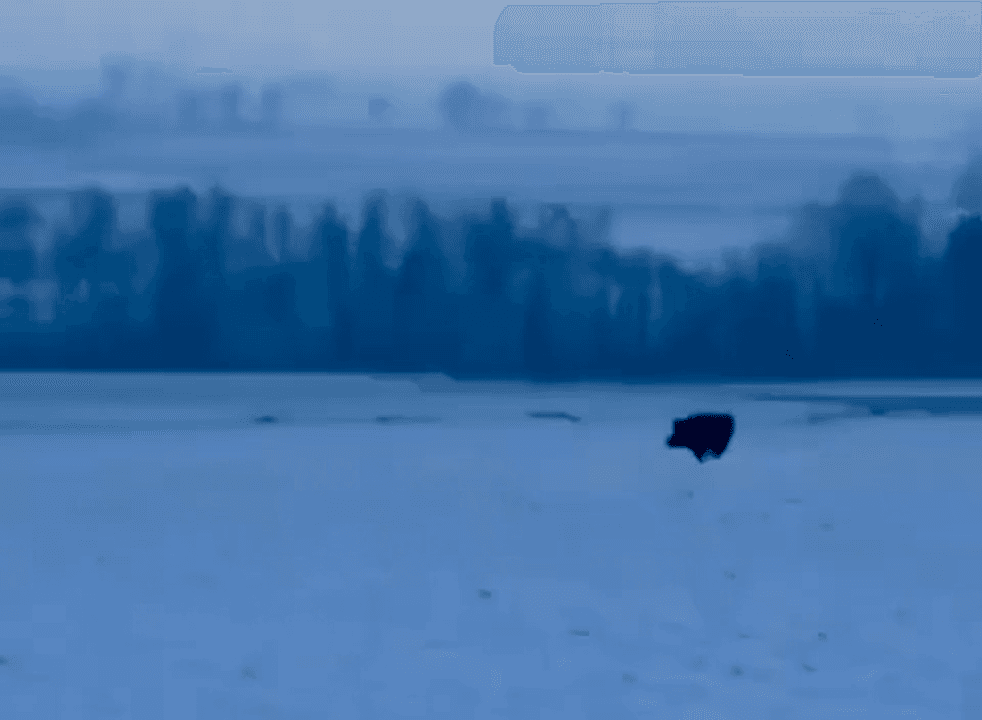
Hardware: Browning A5 Wicked Wing Sweet Sixteen A legendary early 20th century shotgun, the 16-gauge dropped off the map in 1989 when skeet shooting rules were finalized by the newly formed National Sporting Clays Association, and the gauge didn’t make the cut. As much as field shooters favored the shotgun’s lightweight, functional, easy-on-the-shoulder nature, skeet shooters press the trigger more than upland and waterfowl hunters combined, and ammo manufacturers couldn’t justify the cost of production. Browning A5 Wicked Wing Sweet Sixteen Semi Automatic Shotgun. Today, however, this near-perfect gauge is making a remarkable comeback. Why? Efficiency. Not only do 16-gauge loads hit with a wallop, especially with modern-day tungsten and bismuth, the guns are simply a joy to tote. Weighing less than most 12-gauge options and comparable to 20-gauge models, a quality 16-gauge makes a tremendous all-day field gun for any shooter. I’m a Browning fan, and my 12-gauge A5 has been my wa
Post: 19 September 11:24
















































